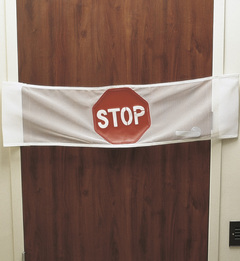Fall Prevention
Objectives
• Define the key terms and key abbreviations in this chapter.
• Identify the causes and risk factors for falls.
• Describe the safety measures that prevent falls.
• Explain how to use bed and chair alarms safely.
• Explain how to use bed rails safely.
• Explain the purpose of hand rails and grab bars.
• Explain how to use wheel locks safely.
• Describe how to use transfer/gait belts.
• Explain how to help the person who is falling.
• Perform the procedures described in this chapter.
• Explain how to promote PRIDE in the person, the family, and yourself.
The risk of falling increases with age. Persons older than 65 years are at risk. A history of falls increases the risk of falling again. Falls are the most common accidents in nursing centers.
According to the Centers for Disease Control and Prevention (CDC):
• Each year,  of adults age 65 and older fall.
of adults age 65 and older fall.
• Falls are the main cause of injuries and injury-related deaths in older adults.
• About 1800 nursing center residents die each year from falls.
• Falls result in disability, decline in function, and reduced quality of life.
See Focus on Surveys: Fall Prevention.
Causes and Risk Factors for Falls
Most falls are caused by multiple risk factors. The more risk factors present, the greater the risk of falling. Most falls occur in patient and resident rooms. Poor lighting, cluttered floors, throw rugs, and out-of-place furniture are causes. So are wet and slippery floors, bathtubs, and showers. Weakness, walking problems, and needing to use the bathroom are major causes. For example, Mrs. Hines is weak and has an urgent need to urinate. She falls trying to get to the bathroom.
The accident risk factors described in Chapter 13 can lead to falls. The problems listed in Box 14-1 increase a person’s risk of falling.
See Focus on Long-Term Care and Home Care: Causes and Risk Factors for Falls.
See Teamwork and Time Management: Causes and Risk Factors for Falls.
Fall Prevention Programs
Agencies have fall prevention programs. The measures listed in Box 14-2 are part of the program and the person’s care plan. Many measures also apply to home settings. The care plan also lists measures for the person’s risk factors.





